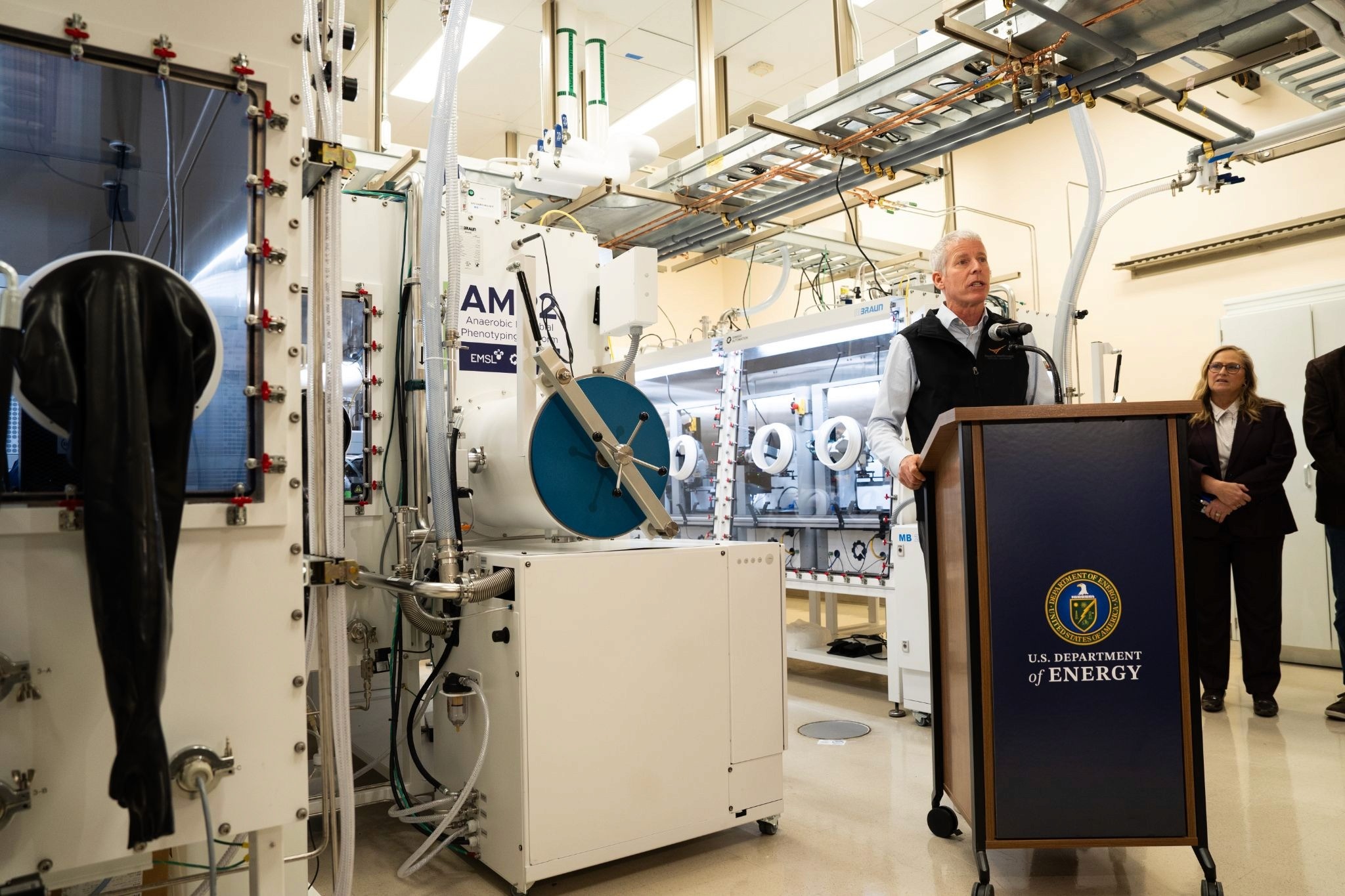Desci
Takeaways from SynBioBeta SF 2016 for Entrepreneurs and Investors
Oct 18, 2016
In the opening keynote for SynBioBeta SF 2016, Dr. Chris Voigt of MIT demonstrated just how far the field of synthetic biology has come. The Cello program that was developed in his lab is able to rationally design complex biological circuits, acting as a CAD program for biology, using as inputs the desired outcome of the system, and giving you the DNA sequence to make it happen. Every year, biology gets easier to engineer and, consequently, the commercial potential of synthetic biology grows. Startups in this field have raised $1.04 B in funding this year alone, and that is growing exponentially year over year.

During the conference, a few trends stood out that both entrepreneurs and investors should take advantage of as they commercialize their synthetic biology products:The government is here to help. There were representatives from government agencies from the FDA to the NSF to NIST and many more present at SynBioBeta, and they are looking to assist entrepreneurs in the field to move their product from the bench into the market. This starts with the NSF, who want to fund early-stage research through their Small Business Innovation Research Program (SBIR). Once companies have funding, programs like NIST and the Lawrence Berkeley National Laboratory can help with product maturation, by helping refine measurement systems or by assisting with scale-up. Finally, entrepreneurs ready to move their product to market can use resources from regulatory agencies like the FDA’s Small Business Guide, or the updated Coordinated Regulatory Framework as guides through the process.Whatever you do, there should be a high-throughput component. One of the greatest strengths of synthetic biology is the ability to design, build, and test solutions at massive scale, and nowhere is that power more obvious than at SynBioBeta. There we saw companies presenting on methods for integrating high-throughput capacity into every stage of product development. On the front side, companies like Synthego and Twist Bioscience can synthesize enormous libraries of DNA and RNA, while liquid handlers from companies like Sphere Fluidics and Labcyte allow you to measure the individual performance of each member of your library. This lets entrepreneurs search through a massive sequence space in order to find the absolutely best design possible.Biology is a distributed manufacturing platform. As noted by Drew Endy during his fireside chat, biological systems can build extremely complicated chemicals all within the confines of one cell. This allows those who wish to use biology to produce specialty chemicals at industrial scales to do so all within one tube. Ventures in this area don’t need to build one massive plant for their operations, but can distribute their production capacity in a manner that makes the greatest economical sense. Mango Materials, which produces biopolymers using waste methane gas, provides an excellent example of this principle by being able to colocate their production facilities next to where the waste gas is produced, significantly lowering transportation costs.The SynBioBeta conferences offer a great annual benchmark as to the state of the field, and it is apparent that the pace of progress is accelerating. As biology becomes increasingly easier to engineer, we can potentially revolutionize the way we develop therapeutics, grow our food, and produce our chemicals.










